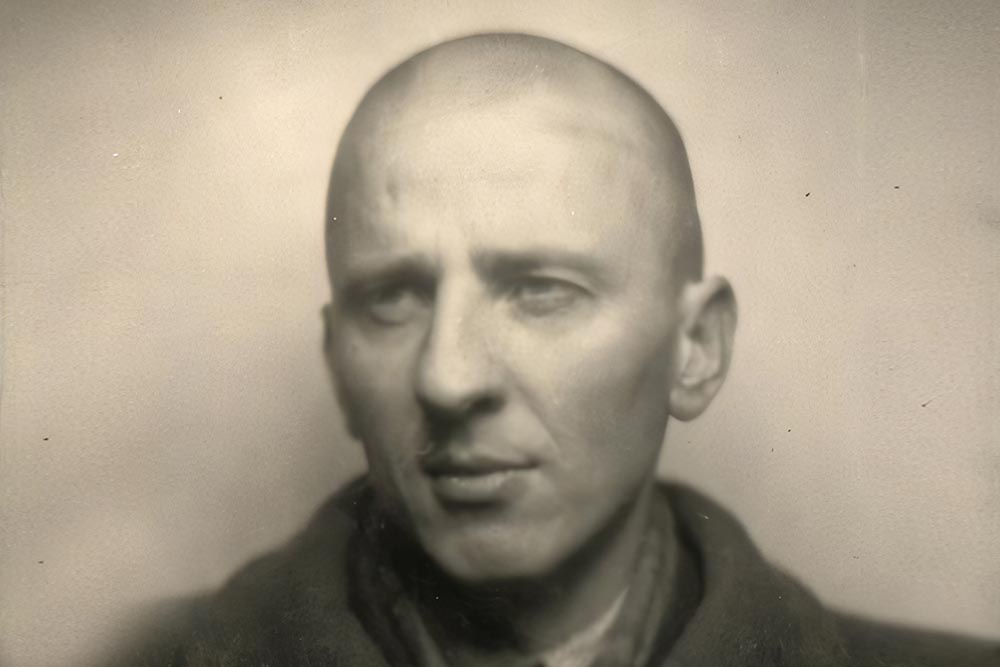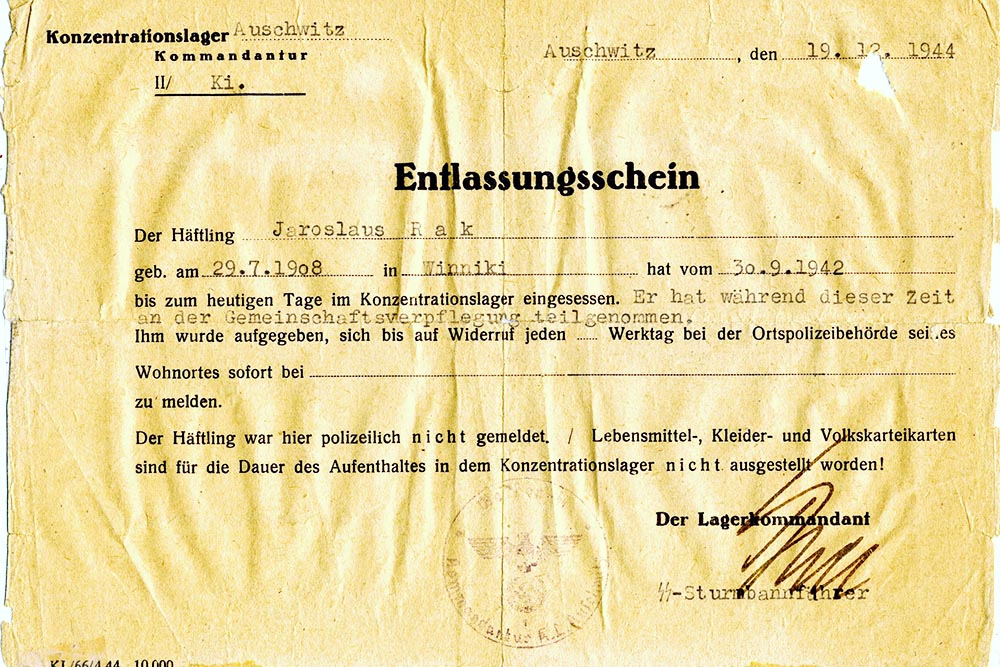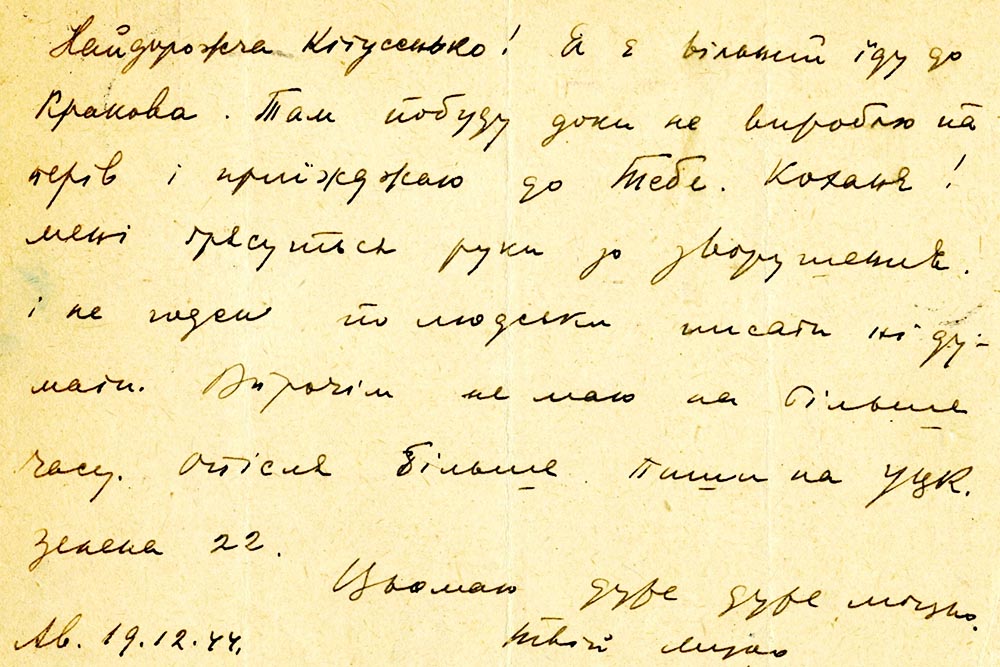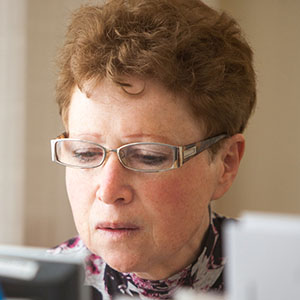79 years ago, Auschwitz (Oświęcim, Poland) was liberated. It was one of the largest and most sinister complexes of Nazi concentration camps, where more than 1.1 million people were exterminated for almost five years. On November 1, 2005, the UN General Assembly declared January 27 as the International Holocaust Remembrance Day.
There were many examples of moral strength and true sacrifice in Auschwitz revealed by prisoners from the so-called “Bandera group”. It contained about 600 members of the nationalist underground, who were punished for their adherence to the idea of Ukrainian statehood. One of them was Yaroslav Rak (“Mortek”), whose unique photos and documentary materials donated to the funds of the National Museum of the History of Ukraine in the Second World War.
He was born in 1908 in Vinnyki town of Lviv region. He was a member of Ukrainian Plast and the OUN (1931), a political prisoner in Polish prisons (1935–1939), a member of the OUN led by Stepan Bandera (1940). He was a head of the youth department of the Ukrainian Central Committee (UCC) in Krakow (1940–1941), a participant in the proclamation of the Act of Restoration of the Ukrainian State on June 30, 1941 in Lviv. He was arrested by the German security police in mid-September 1941 and was imprisoned in the prison “Bryhidky” in Lviv, Gestapo in Montelupych prison in Krakow.
From September 30, 1942 to December 19, 1944 he was a prisoner No. 66676 of the Auschwitz concentration camp. He was in the same block (No. 17) with his fellow underground members, who contributed to the development of common resistance tactics. He took care of the organization of the Ukrainian prisoners’ decent survival, regardless of their political views, in particular through the system of mutual aid of work teams (kitchen, laundry, storage room, camp hospital). From 1945, he returned to work with patriotic youth at the Ukrainian Central Committee (Krakow). He defended the interests of Ukrainian political emigrants in Munich, Germany, from 1949 – in the USA. He died in 1989 in New York.



